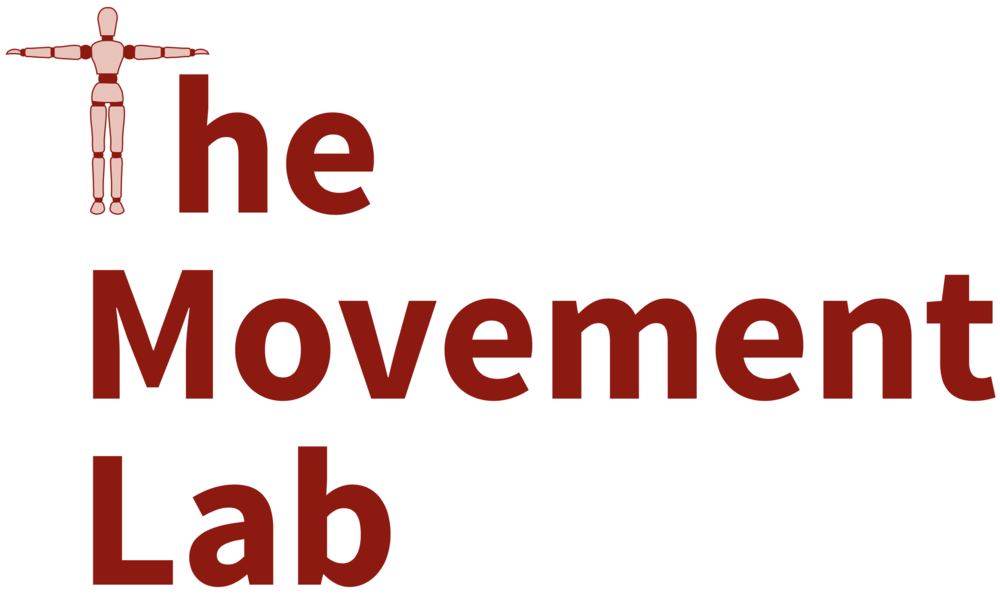Haptic Data Simulation for Robot-Assisted Dressing

There is a considerable need for assistive dressing among people with disabilities, and robots have the potential to fulfill this need. However, training such a robot would require extensive trials in order to learn the skills of assistive dressing. Such training would be time-consuming and require considerable effort to recruit participants and conduct trials. In addition, for some cases that might cause injury to the person being dressed, it is impractical and unethical to perform such trials. In this work, we focus on a representative dressing task of pulling the sleeve of a hospital gown onto a person’s arm. We present a system that learns a haptic classifier for the outcome of the task given few (2-3) real-world trials with one person. Our system first optimizes the parameters of a physics simulator using real-world data. Using the optimized simulator, the system then simulates more haptic sensory data with noise models that account for randomness in the experiment. We then train hidden Markov Models (HMMs) on the simulated haptic data. The trained HMMs can then be used to classify and predict the outcome of the assistive dressing task based on haptic signals measured by a real robot’s end effector. This system achieves 92.83% accuracy in classifying the outcome of the robot-assisted dressing task with people not included in simulation optimization. We compare our classifiers to those trained on real-world data. We show that the classifiers from our system can categorize the dressing task outcomes more accurately than classifiers trained on ten times more real data.
